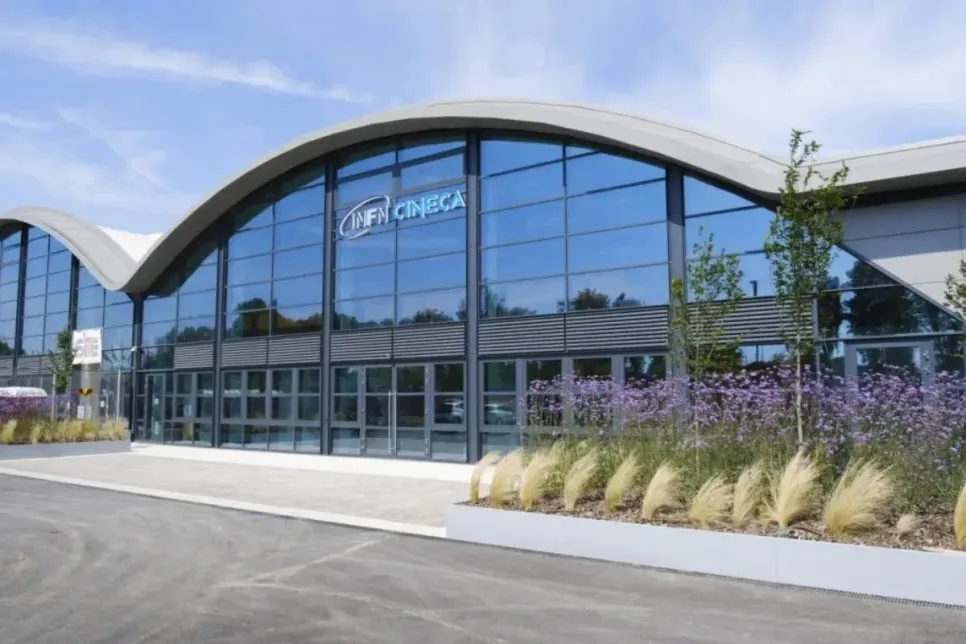Qualcomm Announces Snapdragon 8 Gen 5 Platform
Qualcomm added its latest smartphone platform to its premium-tier Snapdragon range.

Cineca signed an agreement with Lenovo for the installation of a new High-Performance Computing (HPC) system for the scientific community to research fusion energy. The new infrastructure, with the logical name Pitagora, will be able to perform about 27 million billion operations per second (PFlop/s).
The Pitagora system will be installed in the Cineca data center in Casalecchio di Reno (Bologna) at the end of 2024 and will become part of the Bologna Technopole ecosystem. The supercomputer will be dedicated to the numerical simulation of plasma physics and the structural analysis of advanced materials for nuclear fusion.
Cineca is a university consortium, one of the largest computing centers in Italy, and one of the most advanced in the world for high-performance computing, home to numerous national and international HPC projects. These projects are indispensable for development and innovation in various scientific and technological fields, based on a computational methodology to support computational research in a wide range of sectors, from biodiversity to life sciences, from artificial intelligence to materials science, from earth sciences to climatology.
Since 2016, when Marconi, the first Cineca supercomputer with Lenovo technology, was inaugurated, the consortium has hosted supercomputing systems dedicated to the European scientific community for studies on nuclear fusion to produce electricity safely and sustainably in collaboration with EUROfusion, the European consortium that aims to design technological systems capable of producing electricity using fusion energy by 2050, and ENEA, which represents Italy in the EUROfusion consortium.
The Lenovo supercomputer, selected through a competitive public tender, provides 27 PFlop/s of power with high energy efficiency, allowing the reduction of the system’s cooling electricity consumption by 15% through Neptune Direct Water-Cooling technology. This technology allows up to 98% of the heat produced by the supercomputer to be dissipated, maintaining the temperature of the CPUs at values that can guarantee the maximum operating frequency.